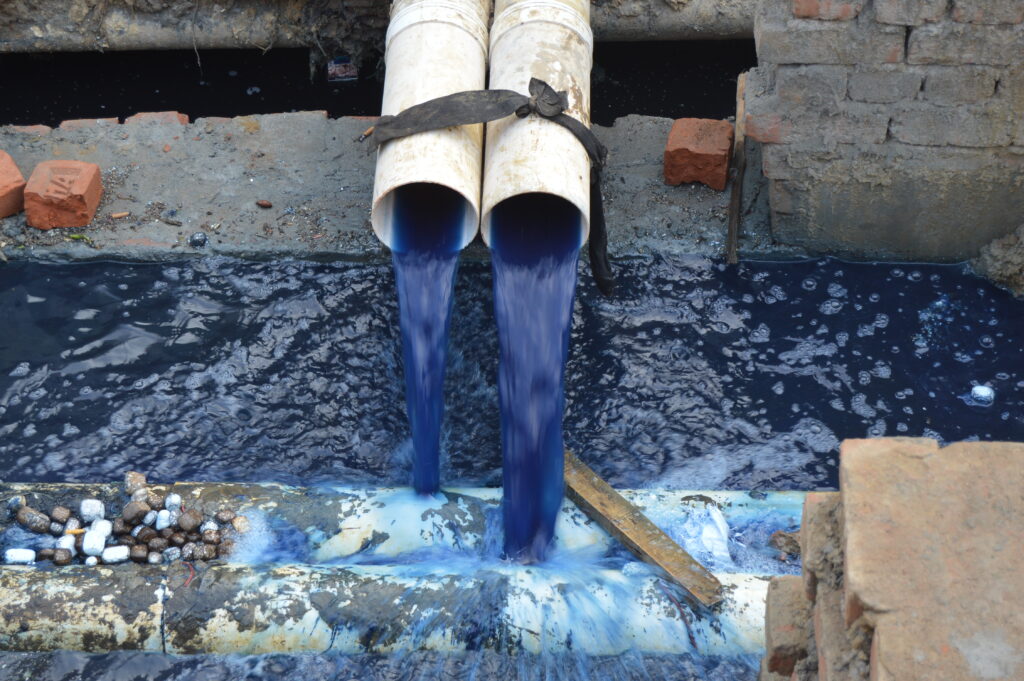The textile industry is one of the most water-consuming industrial sectors and therefore, releases large volume of wastewater. Textile wastewater (TWW) is characterized by its strong color and high amount of chemicals and auxiliaries (used during the dye solubilization process), which limit light absorption and severely deteriorate aquatic ecosystems. Furthermore, this kind of wastewater also presents significant concentrations of organic matter, nutrients, recalcitrant compounds, high salinity, heavy metals, and variable pH.
Conventional technologies for textile wastewater treatment mainly comprise biological treatment, precipitation, coagulation/flocculation, flotation, oxidation and adsorption.
| Process | Stage | Status | Performance | Limitations |
| Biodegradation | ||||
| Activated sludge | Main treatment | Widely used | Bulk COD removal; partial nitrification | High residual COD, ammonia, color |
| Sequential anaerobic-aerobic | Main treatment | Few reports of full-scale use | Better COD and color removal than AS alone | High residual COD, color |
| Fixed bed | Main treatment | Pilot trials in China | Better COD and color removal than AS alone | Some residual color |
| Fungi/H2O2 | Main treatment | Bench-scale | Full decolorization | |
| Physicochemical treatment | ||||
| Coagulation-flocculation | Pre-, main or post-treatment | Extensive use | Almost full decolorization; water reuse | Unreliable performance; sludge disposal |
| Adsorption | Pre- or post-treatment | Bench- to full- scale depending on adsorbent | Water reuse with newer adsorbents | Sludge disposal or adsorbent regeneration |
| Membrane filtration | Main or post-treatment | Extensive use in South Africa | Reliable performance; water reuse | Concentrate management |
| Oxidation | ||||
| Ozonation | Post-treatment | Full-scale | Full decolorization; water reuse | Expensive; aldehydes formed |
| Fenton’s reagent | Pre-treatment | Several full-scale plant is South Africa | Full decolorization | |
| Photocatalysis | Post-treatment | Pilot-scale | Near complete color removal | For final polishing only |
| Electrolysis | Pre-treatment | Pilot-scale | Full decolorization | Foaming; limited electrode life |
FARAN’s tailor made solutions for textile wastewater effluents, includes but not limited to:
- Decolorization process by means of advanced oxidation process (Fenton, ozone or combination process), chemical precipitation by means of engineered flocculants customized for decoloring of the wastewater;
- Biological treatment to remove BOD and COD content;
- Membrane filtration and/or desalination for recycling targets;

